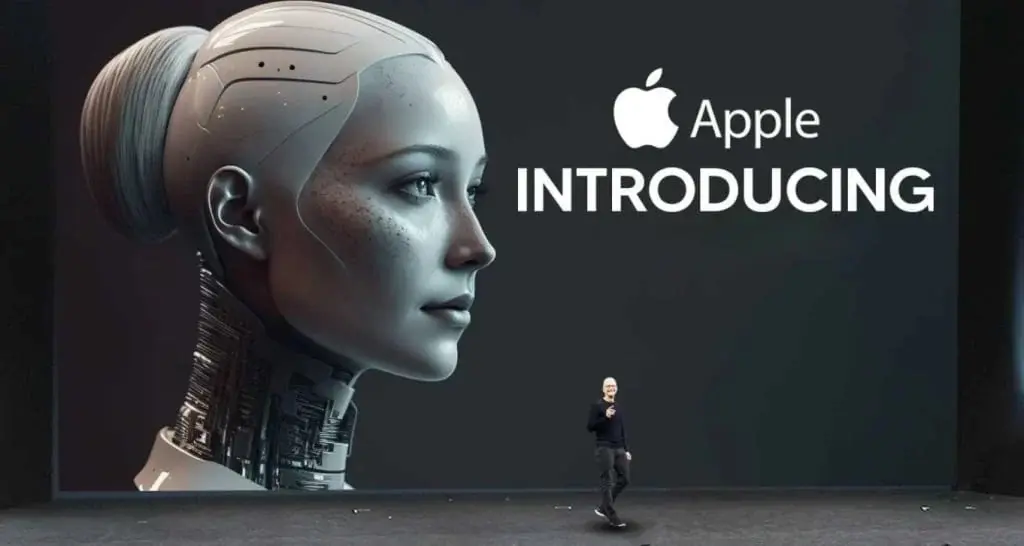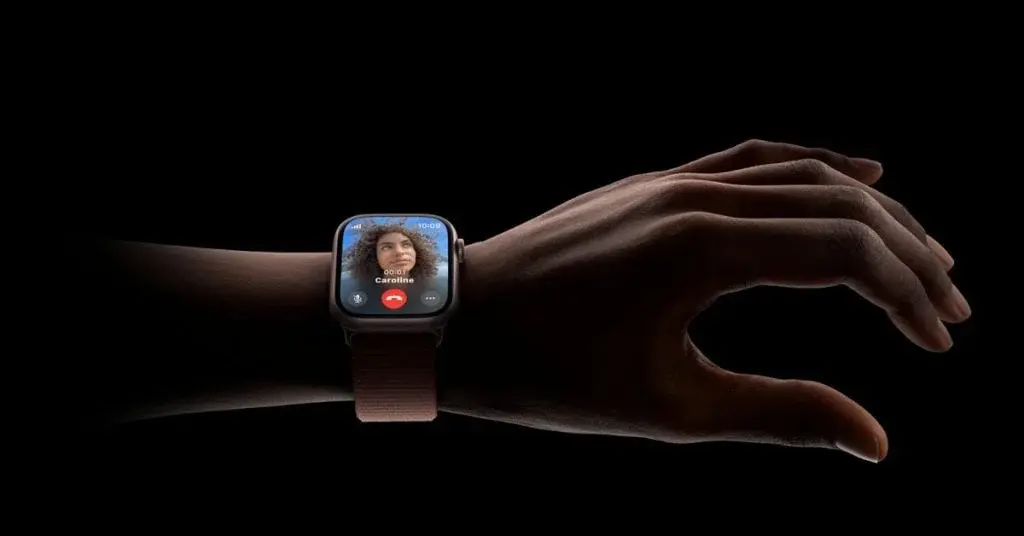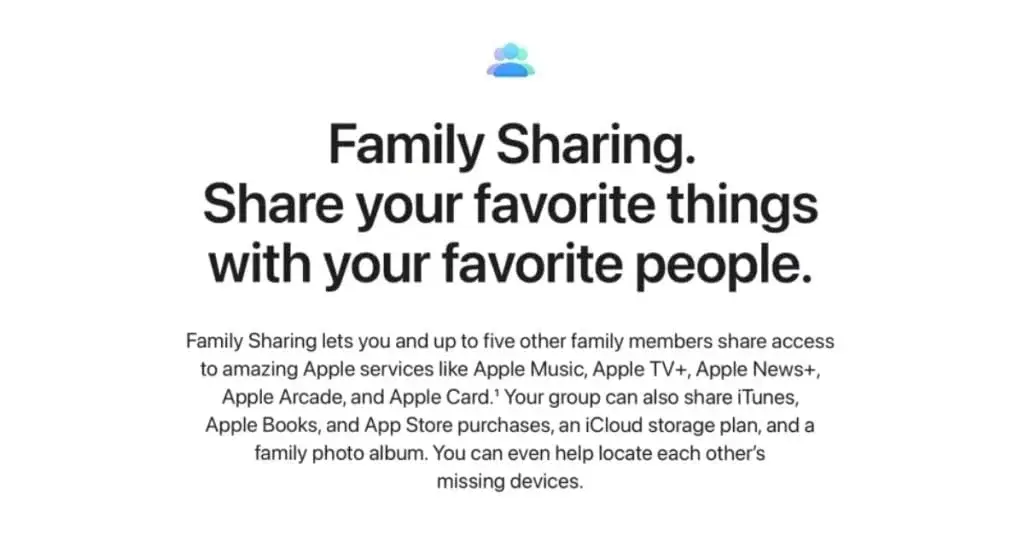Apple in Talks with News and Publishing Giants for AI Development
Apple is currently engaged in discussions with major news and publishing companies, such as Condé Nast, NBC News, and IAC, in an effort to obtain permission to use their content for the development and training of generative AI systems. The tech giant is looking to secure multiyear deals, with a minimum value of $50 million, to license the extensive archives of news articles from these renowned organizations.
Apple’s Focus on Neural Networks
At the core of Apple’s technological endeavor is the application of neural networks, a sophisticated form of artificial intelligence that learns intricate patterns from vast datasets, including digital text and photos. This move by Apple aligns with the broader industry trend, as other tech giants like Microsoft, OpenAI, Google, and Meta have already introduced products utilizing similar neural network technology, such as innovative chatbots.
Challenges in Negotiations
However, the negotiations have faced their fair share of challenges. Executives from the publishing world have expressed reservations about the broad terms presented by Apple. The initial proposal included extensive licensing of publishers’ archives, raising concerns about potential legal liabilities arising from Apple’s use of their content. Additionally, the lack of clarity regarding how generative AI would be applied to the news industry has left some stakeholders uneasy.
Sources close to the discussions, speaking anonymously, have revealed that Apple’s intentions have been met with skepticism. Some publishers have questioned the competitive risks associated with Apple’s significant news audience on its devices. Apple has struggled to address these concerns, leading to an atmosphere of uncertainty surrounding the negotiations.
Potential Impact on the News Industry
Despite the challenges, the potential impact on the news industry is significant. The integration of generative AI has the power to reshape traditional workflows and offer the promise of substantial revenue generation. Apple’s move aligns with the broader trend in the tech industry, where major players are heavily investing in AI technologies.
Apple’s Commitment to AI Research
In response to media inquiries, Apple has chosen to remain tight-lipped and has refrained from providing immediate comments on the reported negotiations. The company’s recent product releases, such as the new MacBook Pro and iMac computers with specialized chips designed to enhance AI applications, demonstrate its dedication to advancing artificial intelligence research. Apple asserts that these chips, by addressing limitations on data storage in computer memory, hold particular promise for AI researchers, especially those working on cutting-edge creations like chatbots.










